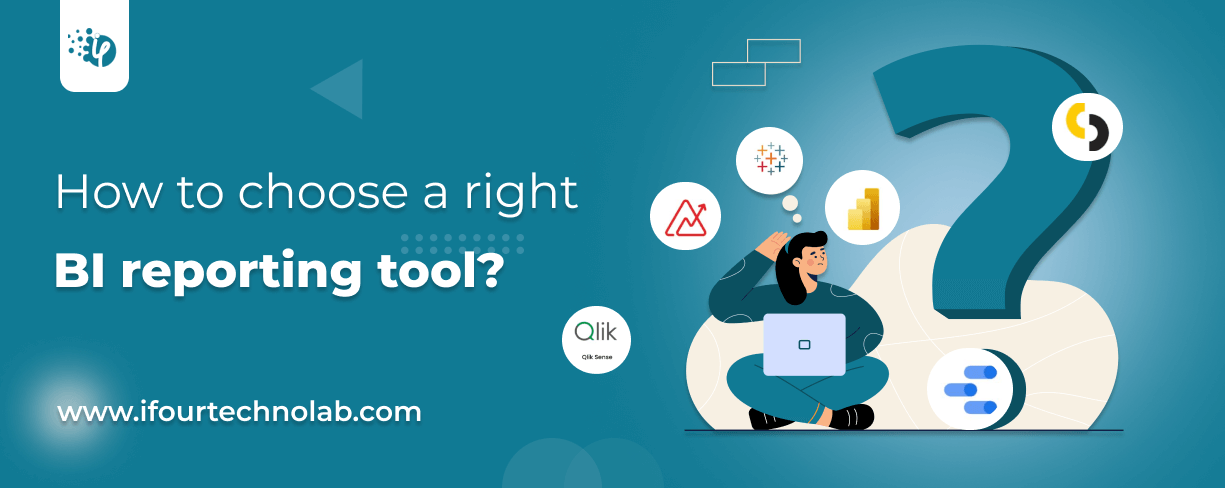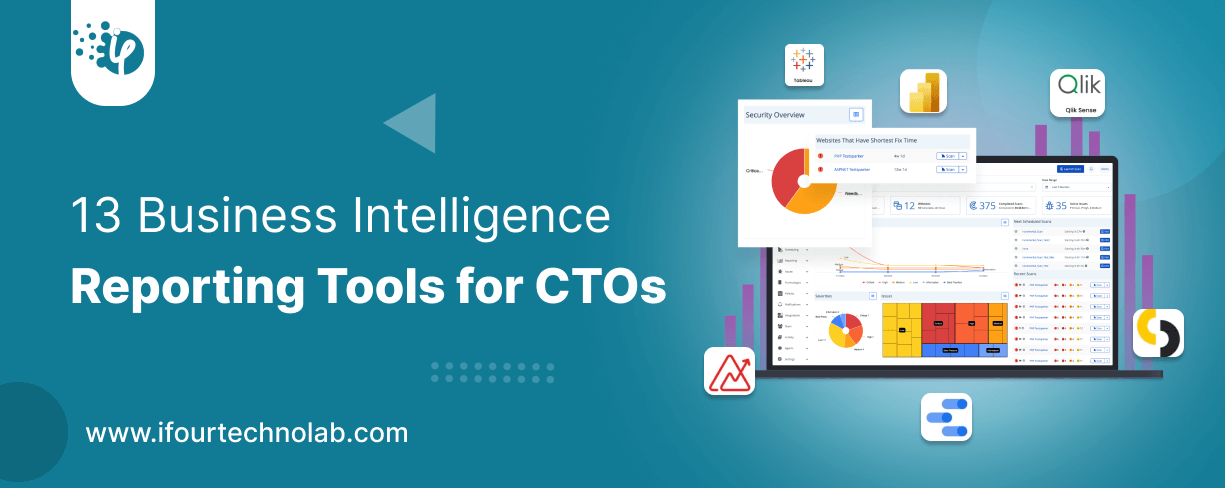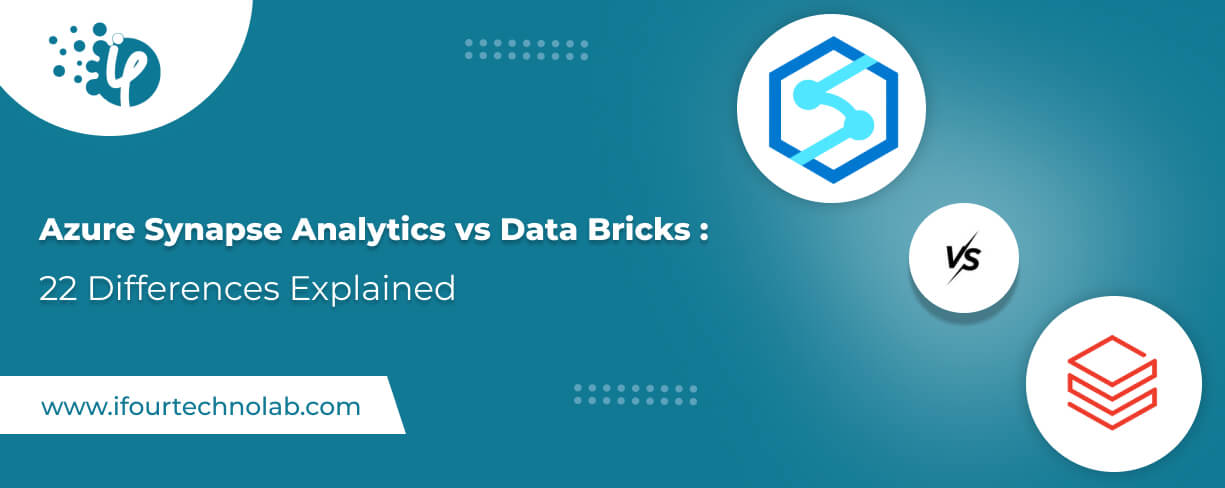Our Insights
Innovative Ways - Satisfied Clientele
Innovative Ways - Satisfied Clientele

Vinod Satapara - February 28, 2025
You know, there are about 426 BI reporting tools available each with unique features. But there isn't a clear-cut answer to which BI reporting tool is the absolute best. It actually depends on certain criteria and comprehensively depends on your core requirements. Let's say Zoho Analytics - It is one of the preferred data analytics tools, but might not be the right fit if you look for seamless scalability. Same goes with TIBCO, a BI reporting tool preferred by Fintech and healthcare businesses...

Kapil Panchal - February 27, 2025
It’s difficult to believe, but there are about 426 Business Intelligence tools available! And the leaders in this field are Tableau, holding a 12.37% market share, and Power BI, which has a 6.94% market share. Even with so many tools available, deciding which BI software to pick remains a major challenge for CTOs. Here are the pain points CTOs actually face with BI Reporting: Fed up with disconnected data sources across departments. Slow Reporting processes delaying company decisions. Tools...

Vinod Satapara - February 26, 2025
Choosing between Databricks and Azure Synapse Analytics can feel like picking between two powerful data analytics tools, each with its own strengths and unique features. Azure Synapse Analytics and Azure Databricks - both are powerful but designed for different journeys. Azure Synapse is like an all-in-one business intelligence (BI) hub, perfect for structured data and reporting. Databricks, on the other hand, is a data science powerhouse, built for complex analytics and AI-driven workloads. Image...

Kapil Panchal - February 20, 2025
Let's rewind to the 1990s. Data used to be stored on servers and CEOs relied on basic tools to make optimal decisions. No dashboards, nothing. When you use Power BI with a solid plan, it allows you to grasp how customers act, spot trends, improve business processes, and make smart decisions based on the data. Fast forward to the 2000s, cloud servers like AWS, GCP, and Microsoft Azure caught the market by offering big data storage, scalability, and rapid performance. This is when business...

Kapil Panchal - January 31, 2025
Imagine walking into a meeting where critical decisions need to be made—fast. You need clear, flexible data that you can analyze on the spot. But what if your insights are locked inside Power BI, with no easy way to manipulate them? That’s where exporting Power BI data to Excel comes in. Whether you’re a C-level executive looking for high-level trends or a developer managing complex datasets, Excel offers the familiar playground where you can: Dig deeper into raw numbers without...